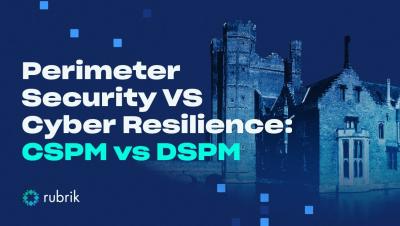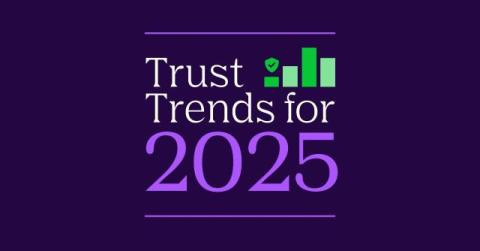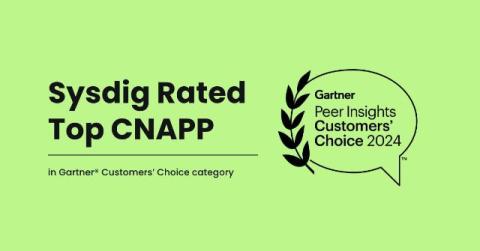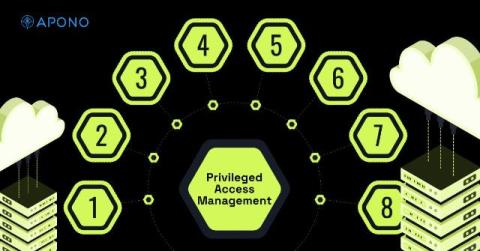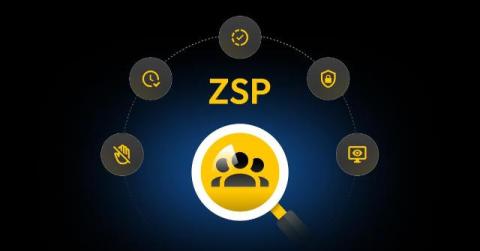Perimeter Security vs Cyber Resilience: CSPM vs DSPM
In this episode of Into the Breach, James Purvis is joined by Noam Perel to explore the key differences between CSPM (Cloud Security Posture Management) and DSPM (Data Security Posture Management). They dive into how these tools address different problems, their unique approaches to security, and why organizations benefit from leveraging both. Discover how DSPM’s data-centric approach complements CSPM’s infrastructure focus, the distinct personas driving each, and how together they provide a stronger, more resilient security posture.


